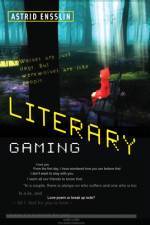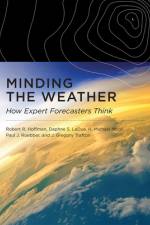- An Introduction with Readings
av Jason L Schwartz
685,-
A comprehensive overview of important and contested issues in vaccination ethics and policy by experts from history, science, policy, law, and ethics. Vaccination has long been a familiar, highly effective form of medicine and a triumph of public health. Because vaccination is both an individual medical intervention and a central component of public health efforts, it raises a distinct set of legal and ethical issues--from debates over their risks and benefits to the use of government vaccination requirements--and makes vaccine policymaking uniquely challenging. This volume examines the full range of ethical and policy issues related to the development and use of vaccines in the United States and around the world. Forty essays, articles, and reports by experts in the field look at all aspects of the vaccine life cycle. After an overview of vaccine history, they consider research and development, regulation and safety, vaccination promotion and requirements, pandemics and bioterrorism, and the frontier of vaccination. The texts cover such topics as vaccine safety controversies; the ethics of vaccine trials; vaccine injury compensation; vaccine refusal and the risks of vaccine-preventable diseases; equitable access to vaccines in emergencies; lessons from the eradication of smallpox; and possible future vaccines against cancer, malaria, and Ebola. The volume intentionally includes texts that take opposing viewpoints, offering readers a range of arguments. The book will be an essential reference for professionals, scholars, and students. ContributorsJeffrey P. Baker, Seth Berkley, Luciana Borio, Arthur L. Caplan, R. Alta Charo, Dave A. Chokshi, James Colgrove, Katherine M. Cook, Louis Z. Cooper, Edward Cox, Douglas S. Diekema, Ezekiel J. Emanuel, Claudia I. Emerson, Geoffrey Evans, Ruth R. Faden, Chris Feudtner, David P. Fidler, Fiona Godlee, D. A. Henderson, Alan R. Hinman, Peter Hotez, Robert M. Jacobson, Aaron S. Kesselheim, Heidi J. Larson, Robert J. Levine, Donald W. Light, Adel Mahmoud, Edgar K. Marcuse, Howard Markel, Michelle M. Mello, Paul A. Offit, Saad B. Omer, Walter A. Orenstein, Gregory A. Poland, Lance E. Rodewald, Daniel A. Salmon, Anne Schuchat, Jason L. Schwartz, Peter A. Singer, Michael Specter, Alexandra Minna Stern, Jeremy Sugarman, Thomas R. Talbot, Robert Temple, Stephen P. Teret, Alan Wertheimer, Tadataka Yamada






























